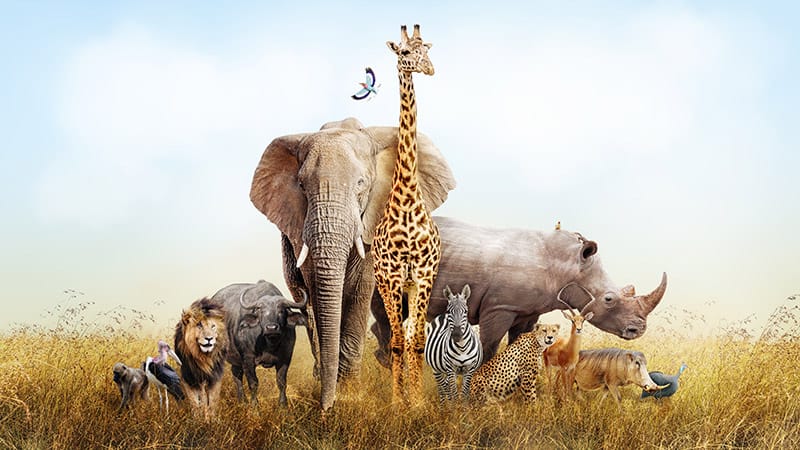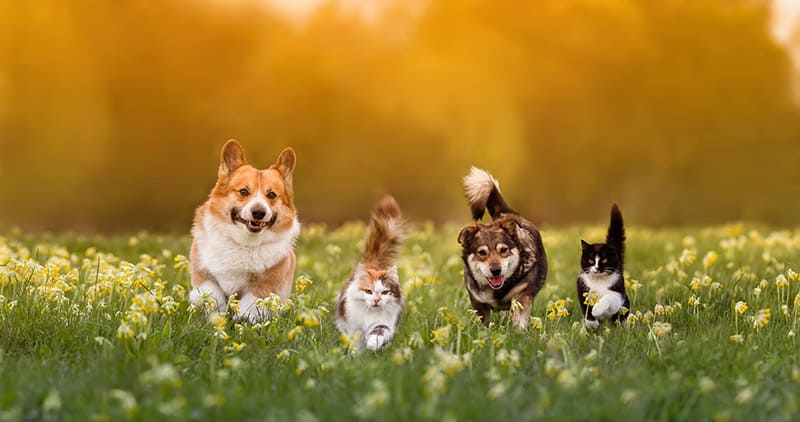We Hold the animal world in our hands!
October 4, 2014 is World Animal Day, a special day to appreciate and pay tribute to the incredible animals we share this planet with.
World Animal Day was set aside in 1931 to commemorate animal life. It originated at a conference of Ecologists in Florence, Italy as a day to highlight the plight of endangered species. Today it is recognized as a day to celebrate all animal life.
October 4th was chosen because that is the Feast Day of St Francis of Assisi, the patron saint of animals. There will be blessings of animals held in many places on this special day. Yet it is also a day of celebration in every country with no regard to nationality, religion, faith or political ideology.
For everyone who cares about animals, this is a time to pay tribute. Celebrating animal life in all its forms includes endangered and rare species, as well as all others. Acknowledge and be thankful for the many positive influences and diverse roles animals play in our lives. They bring wonder to this world we share and help keep a natural balance. They are our also companions, helping us in both work and play.

The World Conservation Union, as of 2011, estimates there are over 62,000 identified vertebrate animals species. Overall, a 2011 study by the United Nations Environment Programme (UNEP) and UNEP-WCMC, estimates the total number of species on the planet is about 8.7 million. They also think that the majority of species “…have yet to be discovered, described or catalogued!”
As I ponder the many animals I’ve encountered personally and the thousands I’ve studied and researched, I’m left in awe. Yet these are troubling times. Animals are in danger everywhere.
A profound observation I read a few years ago keeps looming in the front of my mind. Heiko Bleher, a well known and respected researcher, spends his life on South America expeditions to discover and document new fish species. In one of his journals talking about all the incredible life forms he saw, he mentioned that many animal and flora species would go extinct before we had even discovered them.
How exciting it was that there were so many new animals to discover and learn about! But today there is cause to become increasingly dismayed.
In the findings of the Living Planet Report 2014 by the World Wildlife Fund (WWF) and the Zoological Society of London (ZSL), wildlife populations around the globe have declined by 52 percent on average since 1970.
Interestingly, during this same time period the human population has almost doubled, growing from 3.7 billion in 1970 to 6.8 billion by 2010.

These findings came from the Living Planet Index (LPI), which measured 3,038 different vertebrate species and about 10,000 populations of these. This is a small number of animals in comparison to the total number of estimated vertebrate species, but they believe it is a representative sampling. They further estimate that the major problems contributing to the animals demise are exploitation at 37%, followed by habitat depreciation/change at 31.4%, and habitat loss at 13%. These all point to people “…taking more from the ecosystems and natural processes than can be replenished.”
People are the cause of the problems, but the end results are affecting the sustainability of all animal life, including mankind. We are all in this together but it’s up to people to preserve the biodiversity and nature to safeguard the future.
Our very survival depends on the survival of the animal species and the environment. To truly celebrate World Animal Day, people all across the globe must collectively work on solutions to these problems.
Clarice Brough is a team member at Animal-World and has contributed many articles and write-ups.
Featured Image Credit: Chewy, Unsplash
